The navigation bar, also known as the main menu, on your website helps visitors to your website navigate your content. It’s located at the top of your website, above the fold (aka the area at the top of your website visitors see before scrolling), and helps site visitors navigate your website. You most likely haven’t touched this since you launched your blog but today is the day you’re going to evaluate it so you can direct your audience to your best, most consistent content and help increase page views. Today, we’re diving into what to include in your website’s navigation bar so you can set your site up for success.
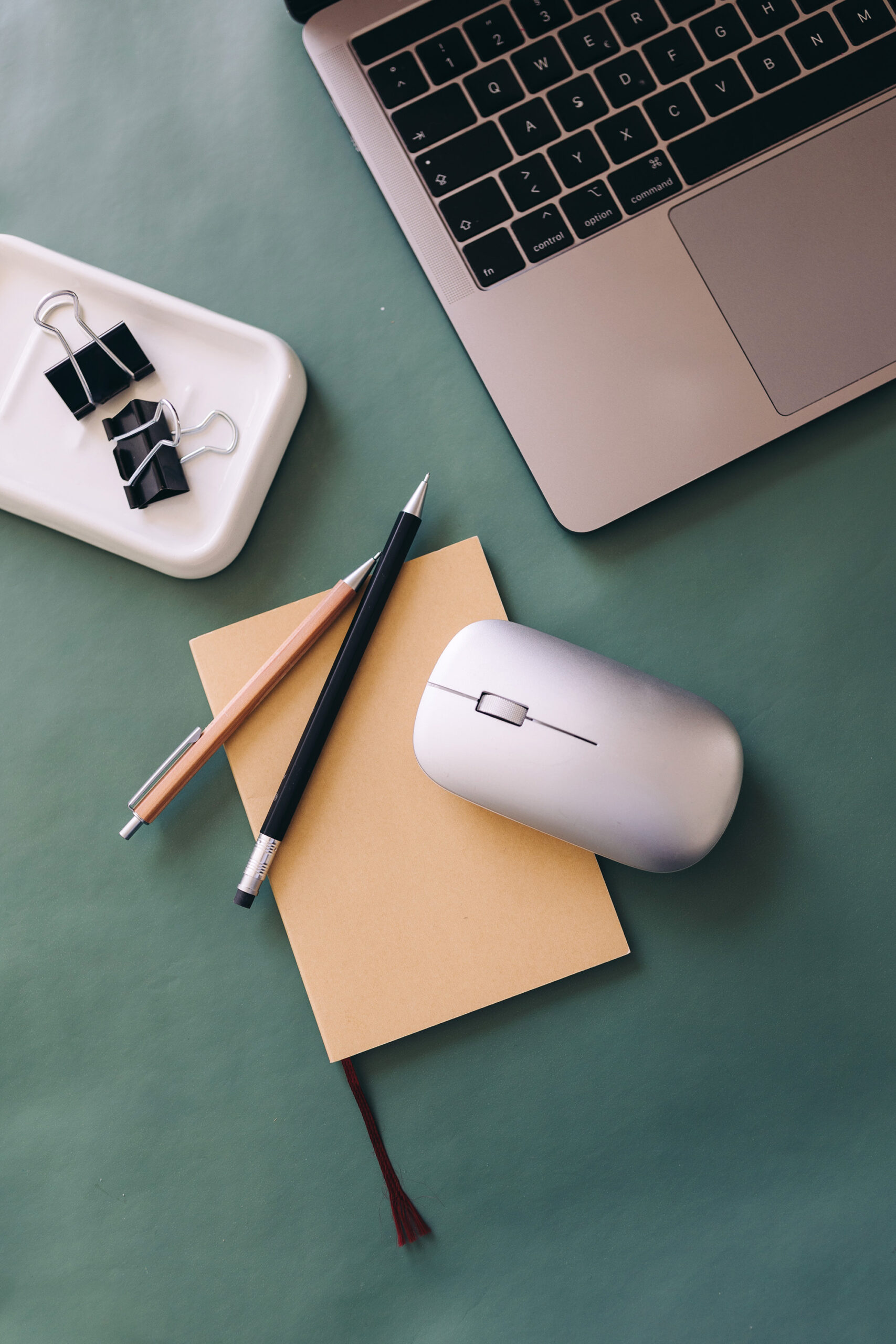
When it comes to your navigation bar, you want it to be easy to read and understand. You want it to highlight your niche and the content on your website in a straightforward way. It should include all of the proper information and links to set you up for success.
What to Include in Your Website’s Navigation Bar
Your logo
The most important thing you should have in your navigation bar, other than links to your content, is your logo. You want users to clearly be able to see what your blog name is and this will be shown through your logo. Your logo should also link back to your homepage so it can act as a home button versus having to add the home category to your navigation.
Your Main Content Categories
As a blogger, you should have content pillars that highlight the different types of content you’re creating for your blog and social media. These content pillars/categories should be easily accessible from your main navigation. For example, if you’re a lifestyle blogger, your categories might be fashion, beauty, travel, and living.
To make your content even easier to navigate, you can create subcategories and utilize drop-down menus to make all of these accessible from your main navigation. For this, you’ll start with those overarching topics like fashion, beauty, travel, and living and then break them down from there. Under fashion, you may include “fall/winter,” “spring/summer,” and “style tips.”
Social Media Icons
Your navigation should also include social media buttons/icons that are easily visible and link to your platforms. This will make it easier for new and returning users to find your social media accounts so they can follow along on those in addition to your blog. Each quarter, make it a priority to make sure these icons are working properly and remove any icons that you do not actively post to.
A Search Button
A search button is a must on any blog! This will allow your readers to easily search for the content they’re looking for.
What You Don’t Need to Include in Your Site’s Navigation Bar
Your navigation should only include the most important content on your website, and it should be as consolidated as possible. Since you’re about, press, and contact page are all going to be the least visited pages on your website, remove them from your main navigation and add them to your footer instead. If your website isn’t equipped to have a footer, simply add your about page on your navigation but place it to the far right since it’s the last page a visitor would click on.
Your about page, press page, and contact page can also all be consolidated into one page! This will make it easier for those who are accessing these pages to see all of the information they need in one place.
Love this post? Read more about why it’s important to have a blog here!
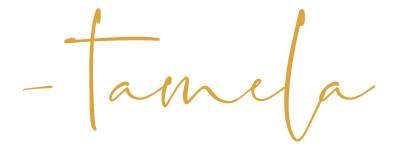
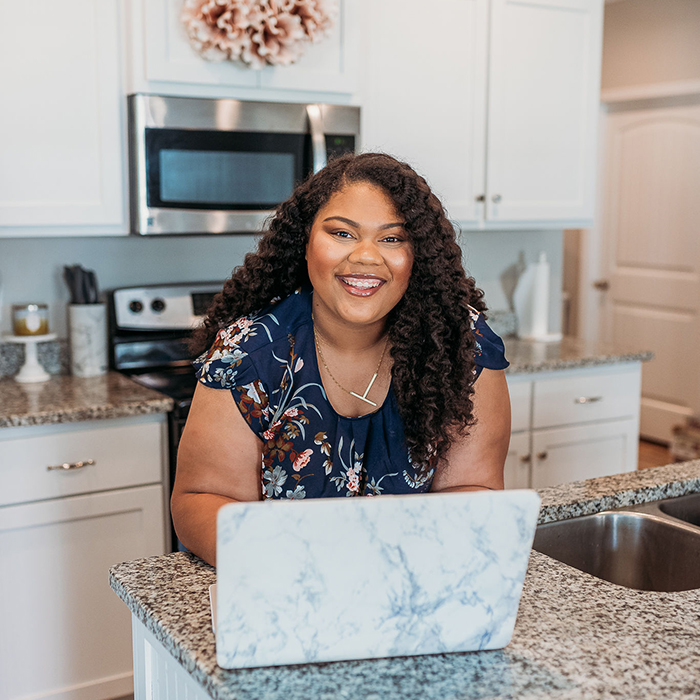
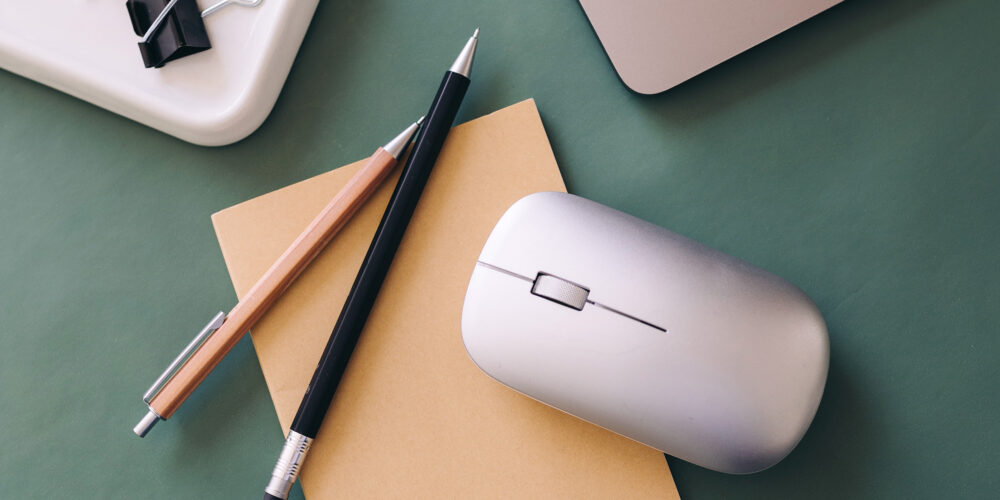

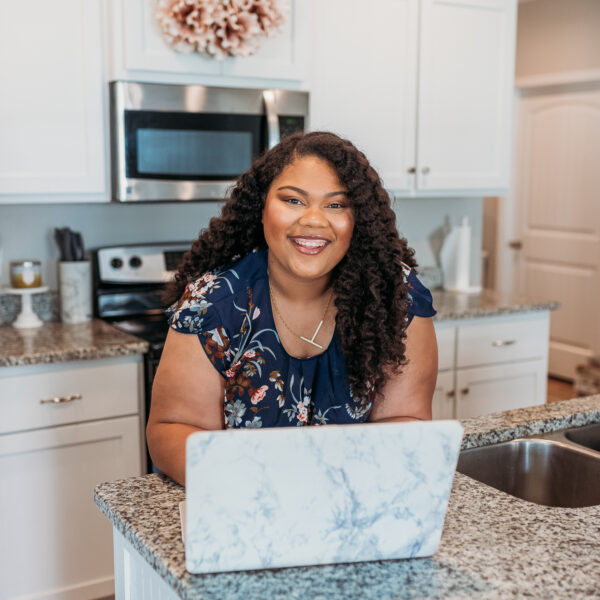


Leave a Reply